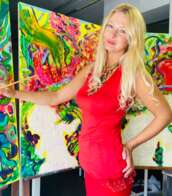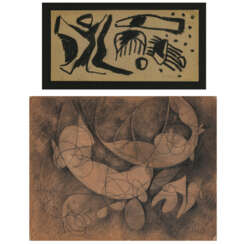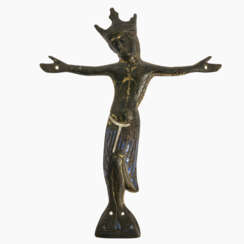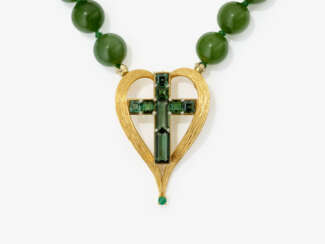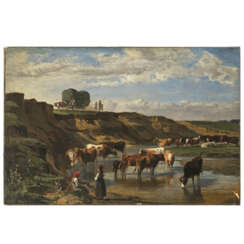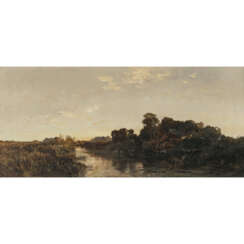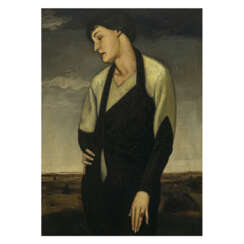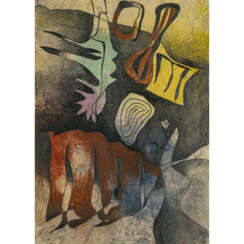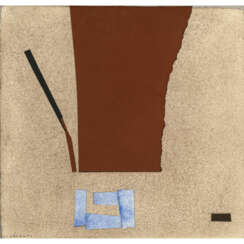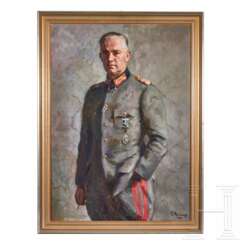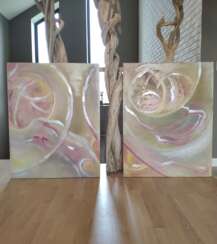southern germany
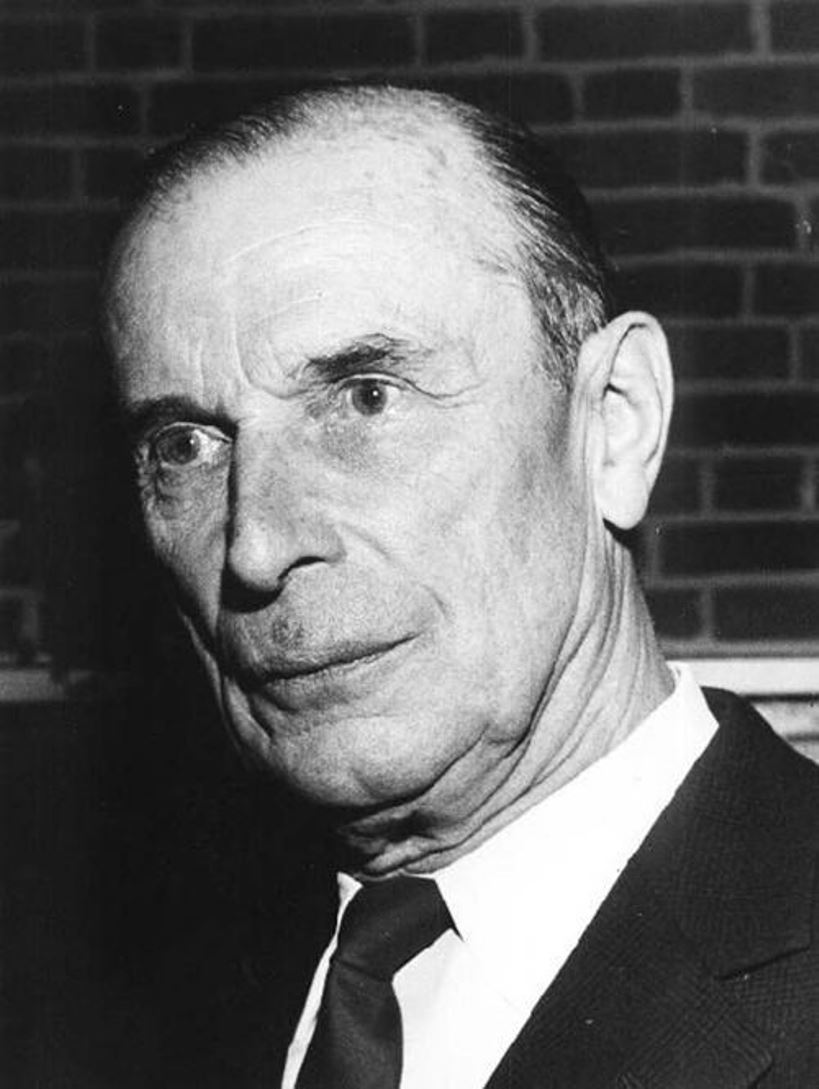
Theodor Werner was a German painter.
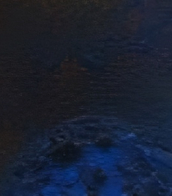

Johann Friedrich Voltz was a German landscape and animal painter of the Munich School.


Joseph Wenglein was a German painter who is often referred to as one of the last significant landscape painters of the 19th century Munich school.
Parallel to his law studies Joseph Wenglein studied at the Academy of Fine Arts in Munich. He then switched entirely to art and became a pupil of the landscape painter Johann Gottfried Steffan. On his recommendation, Wenglein sometime later became a pupil of the painter Adolf Heinrich Lier, whose colouristic tendencies, calculated to express profound moods, particularly appealed to him.
Josef Wenglein knew how to reproduce the change of daylight, especially in spring and autumn, with a fine sense of the slightest atmospheric fluctuations and to vary the grey pleasant tone of the Bavarian plateau in all its nuances masterfully.


Franz Johann Wilhelm Hünten was a 19th century German marine painter.

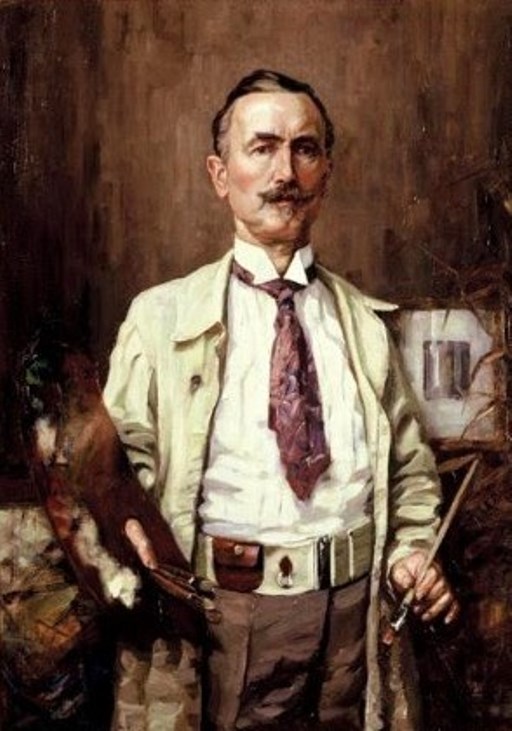
Alexander Max Koester was a German painter. He depicted coastal landscapes and still lifes with flowers. After the artist first presented one of his landscapes with a family of ducks in Berlin in 1899, he earned the nickname "Duck Koester." The "duck" paintings were extremely popular with art lovers.


Theodor Werner was a German painter.

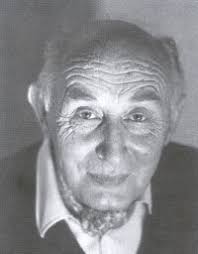
Italo Valenti was an Italian painter of the Informel.

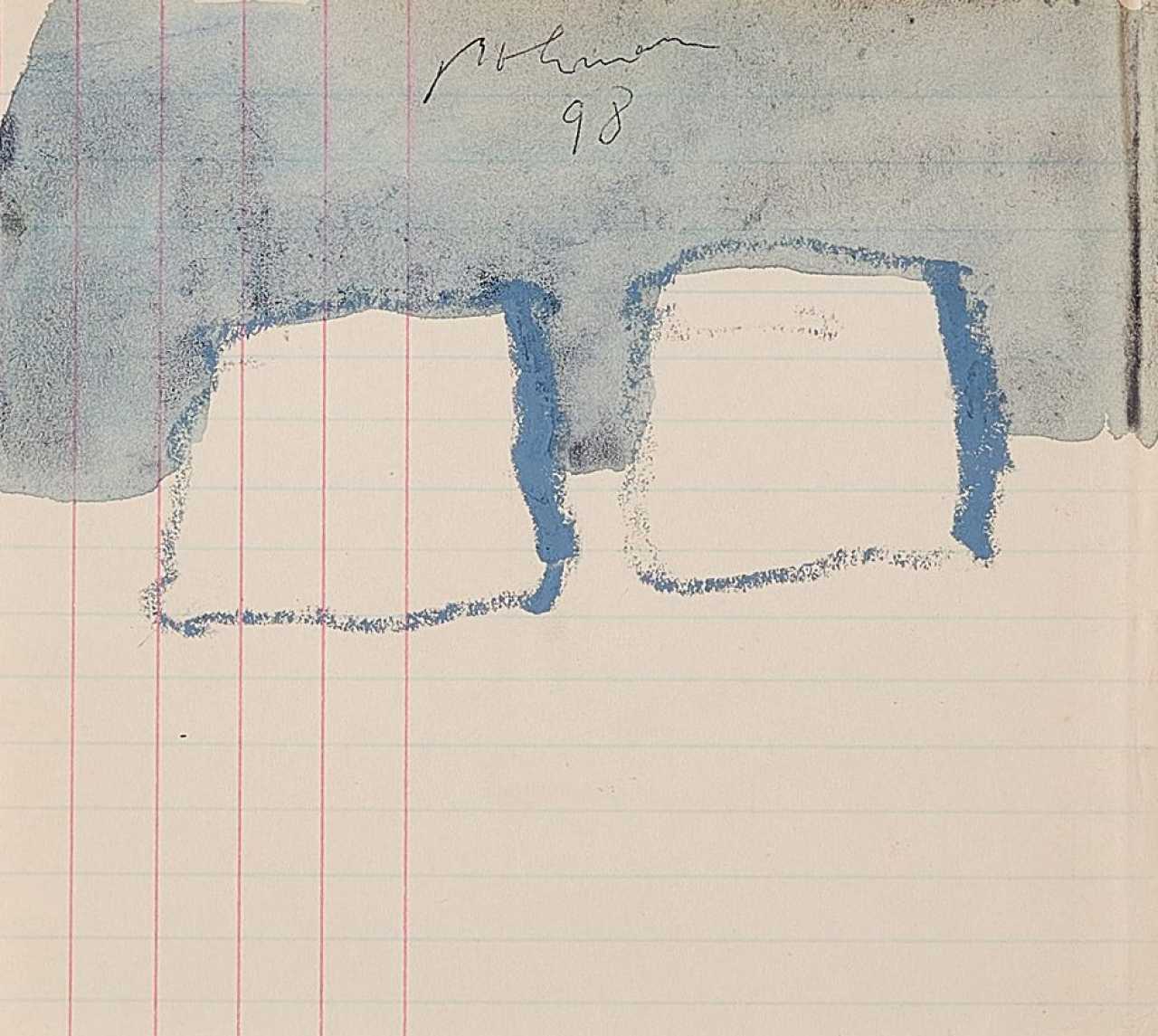
Karl Heinz Bohrmann was a German painter, graphic artist and engraver.

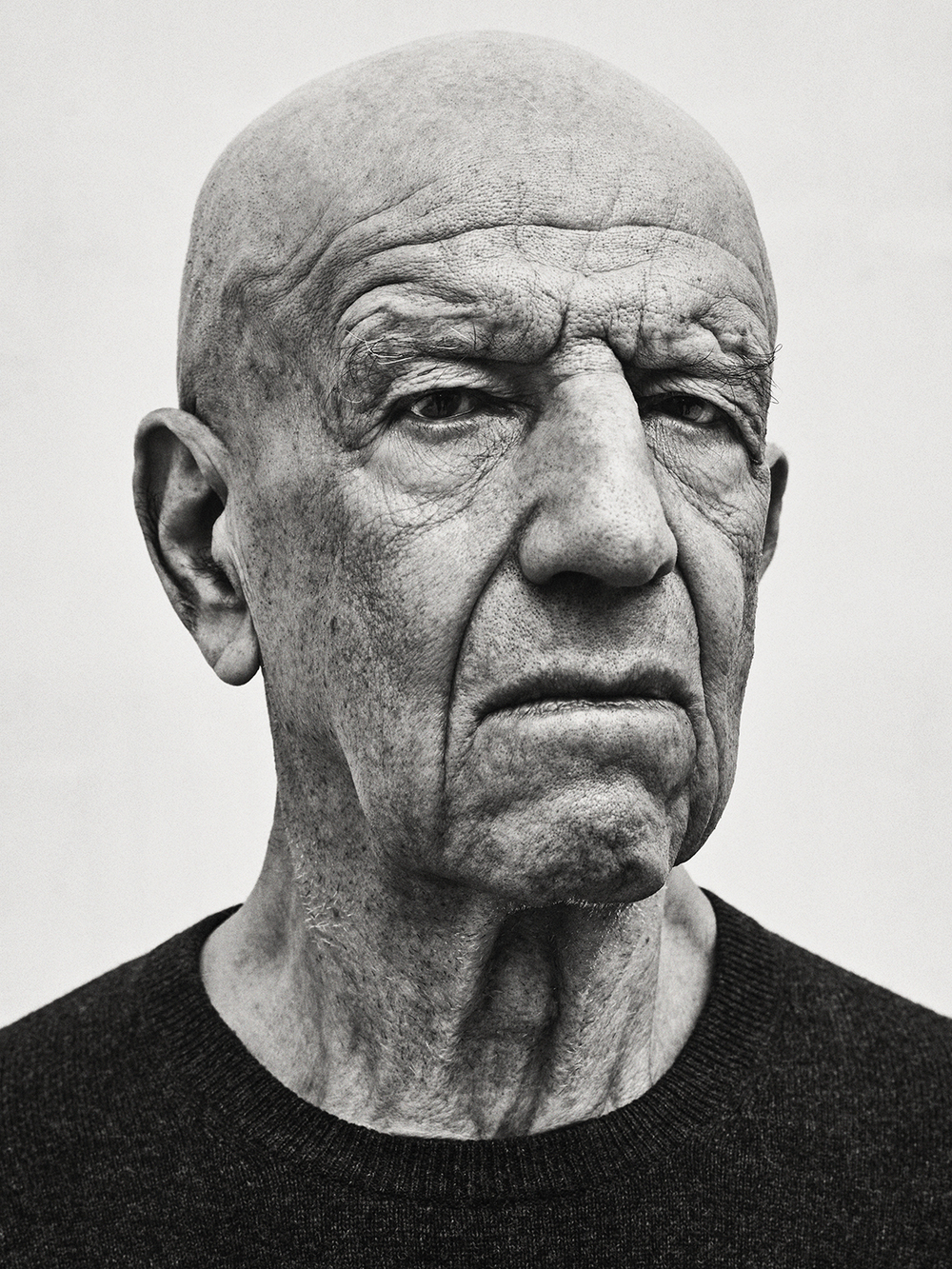
Alex Katz is an American figurative artist known for his paintings, sculptures, and prints.




